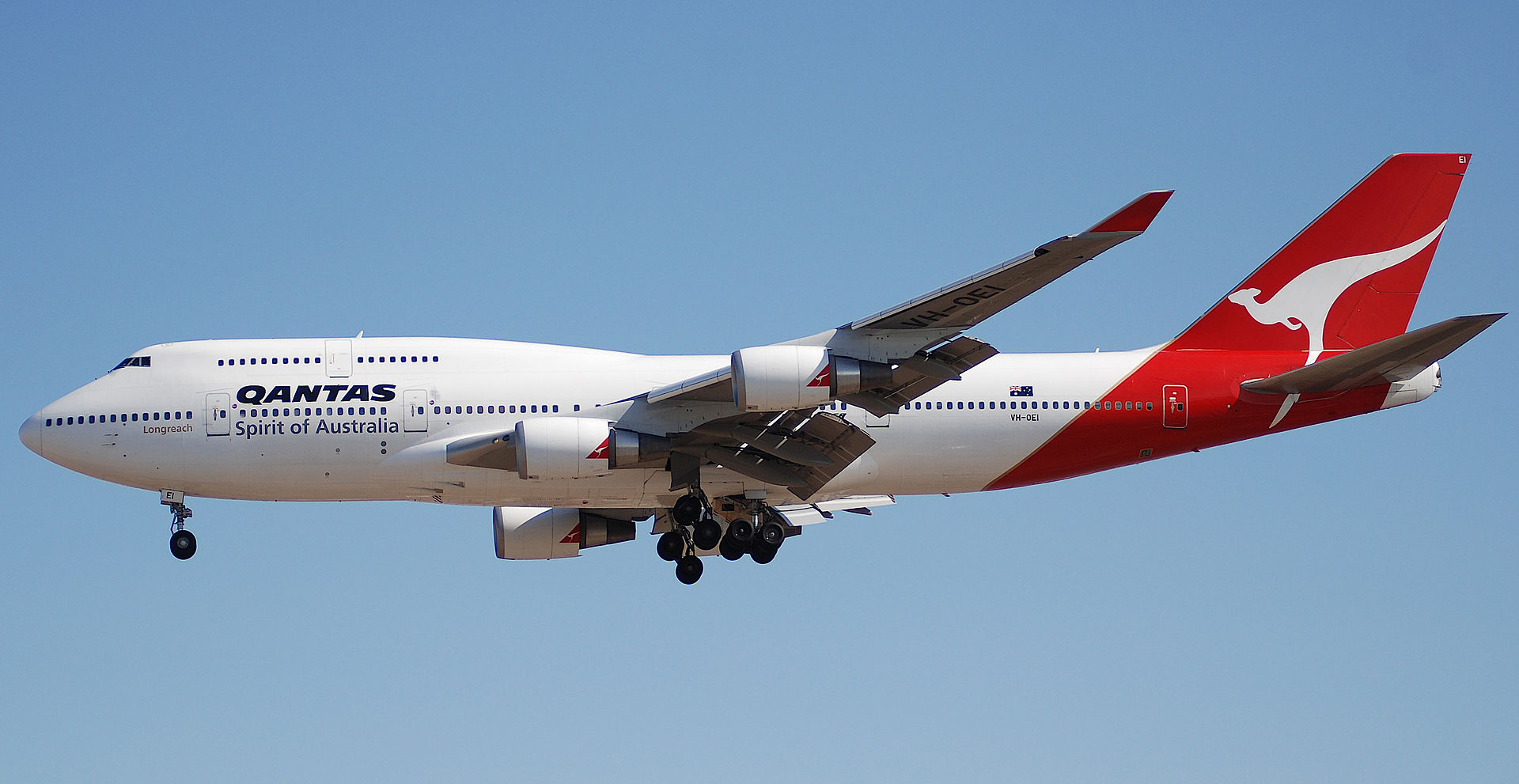Danielle Armour
The thought of being caught up in turbulence while flying is enough to stop many people from even stepping foot on a plane. Turbulence, however, may be a thing of the past, with Qantas Flight Operations and Engineering teams looking at how they can use in-flight Wi-Fi to help with turbulence, as well as plane maintenance, medical emergencies and connections.
Qantas is set to trial free, in-flight Wi-Fi on about 100 domestic aircraft from late 2016, under a partnership with global broadband services provider ViaSet. The service will allow those on-board to stream movies, television programs, and live sport with internet speeds up to 10 times faster than conventional on-board Wi-Fi. But, this technology in not being implemented only for passengers, with pilots also able to use it to help avoid areas of turbulence.
On-board Wi-Fi gives pilots access to real-time weather conditions for the flight path, rather than relying on weather maps downloaded prior to take-off. This real-time information allows pilots to dodge pockets of turbulence and better utilise tailwinds to reduce flying time.
Qantas is exploring other ways in which this new service can be of benefit, believing that the high speed internet will assist in the maintenance of aircraft. Modern aircrafts generate a large amount of data that is usually not accessible until the plane has landed. It is hoped that data can be streamed back to base, allowing engineers to monitor aircrafts more closely and detect issues with the plane earlier, meaning that adjustments can be made as soon as the plane lands.
Medical assistance could also be enhanced by using on-board Wi-Fi. Qantas recently trialled a device which scans a patient heart condition and send the data by Wi-Fi to a medical officer who can provide a better diagnosis. This can be used to determine whether or not the aircraft needs to be diverted to the closest airport instead of proceeding to its original destination.
Beginning with a Boeing 737 aircraft, Qantas plans to complete a full roll-out of the Wi-Fi service in its fleet of A330s and the rest of its Boeing 737 fleet throughout 2017.












